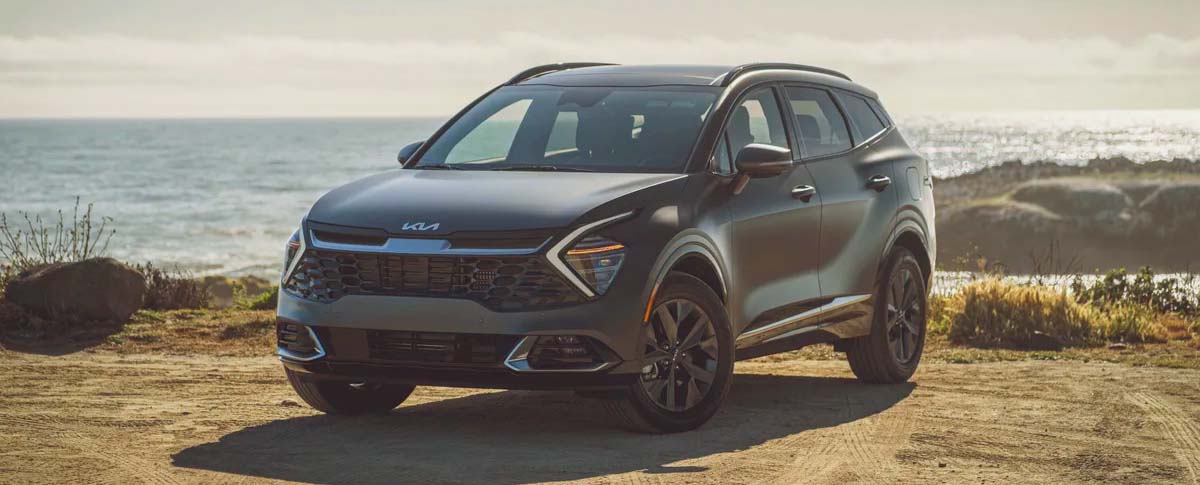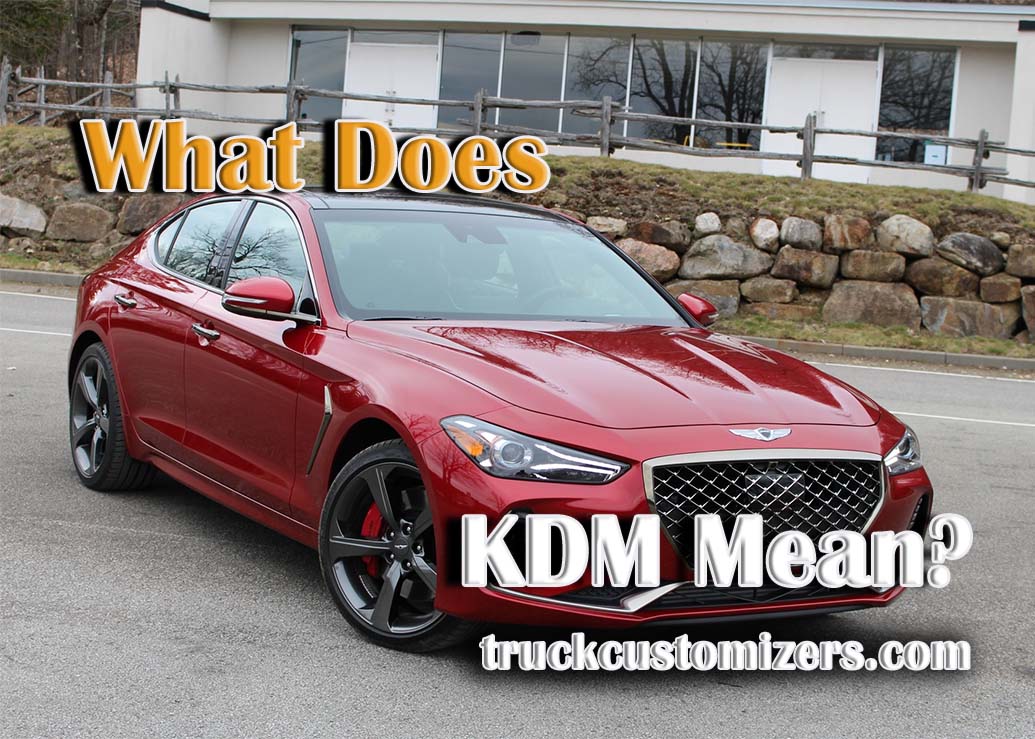KDM is an acronym used in the automotive industry to describe certain cars sold in Korea. As the South Korean car market continues to grow, KDM has become an increasingly familiar term among car enthusiasts. But what exactly does it mean? In this article, we’ll look at the definition of KDM and provide some examples of KDM-specific cars.
Definition of KDM
The acronym “KDM” stands for “Korea Domestic Market” and is used to refer to cars that are specifically made for sale within Korea. While some automakers manufacture variants of their vehicles for different markets (e.g., North American and Asian markets), others make vehicles that are intended exclusively for sale within South Korea – these are referred to as “KDM cars” or “Korea Domestic Market cars”, a term that refers both to the vehicle itself and its intended market.
Examples of KDM-specific Cars
There are a number of popular models in Korea that are only available as KDM-specific variants, including the Hyundai Genesis Coupe (or G70) and Elantra GT (or Avante), the Kia Sportage and Sorento, and the Hyundai Santa Fe. All of these vehicles are only manufactured in Korea, meaning they’re not available anywhere else in the world.

Other examples of KDM-only models include the Hyundai Verna (or Accent) and i30 (or Elantra) and the Kia Ceed. While some of these vehicles may have been available in other countries at one point or another, they are no longer sold outside Korea.
Conclusion
KDM cars are an important part of the South Korean car market, as many automakers create exclusive models for sale within this market segment. The term “KDM” stands for “Korea Domestic Market” and is used to refer to cars that are made exclusively for sale within South Korea. Examples of KDM-specific cars include the Hyundai Genesis Coupe (G70), Elantra GT (Avante), Kia Sportage, Sorento, Hyundai Santa Fe, Verna (Accent) and i30 (Elantra), and Kia Ceed.


